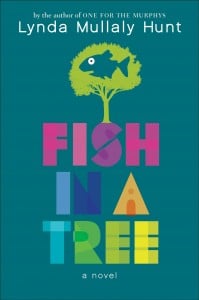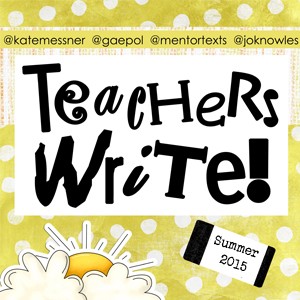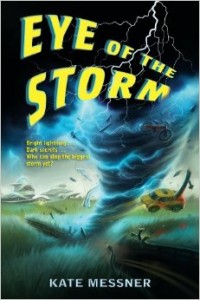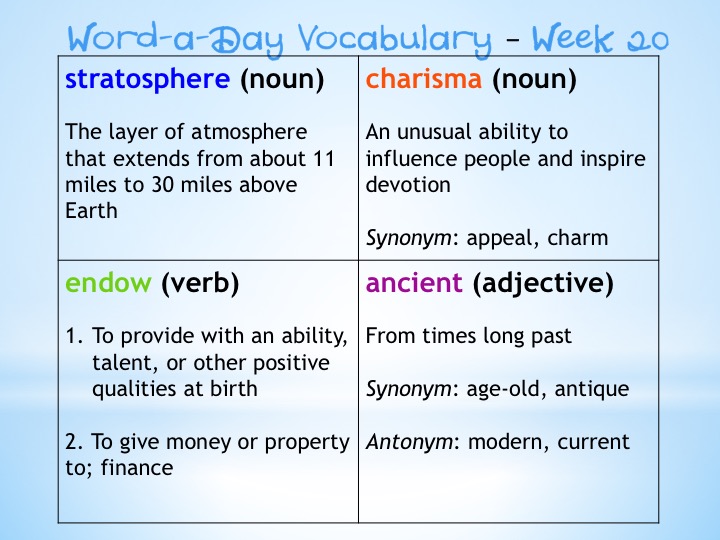If you devoured the twisted ending of E. Lockhart’s We Were Liars, then you’ve got to read Every Last Word by Tamara Ireland Stone. This YA book is a standout because it confronts teen mental illness head-on and without apology. On the exterior, the protagonist, Samantha McAllister, has it all–a reserved seat at the lunch table with the Crazy Eights, her high school’s most popular girls, a slew of potential hunky hookups, a promising collegiate swimming career, and a potentially explosive secret she doesn’t dare share outside of her family–or her weekly counseling session. Samantha has Purely-Obsessional OCD; her overactive mind whirs nonstop with poisonous thoughts.
Thankfully, serendipity intervenes, and Sam meets Caroline, a devil-may-care outsider who knows exactly what the popular girl most longs for–real connections. Caroline leads Sam to the underground Poet’s Corner, a secret meeting spot for a group of outsiders bound together by their passion for poetry. Sam struggles mightily to find her balance: Can she join the poetry crowd and still maintain her Crazy Eights public facade? Will AJ, the shy, guitar-playing poet, ever be able to accept Sam into his world?
I thoroughly enjoyed this book from start to finish. I especially applaud Stone for her determination to shed light on a subject that we all need to be talking about–and doing so in an authentic, carefully crafted manner that’s both respectful and thoroughly entertaining. I recommend Every Last Word to mature readers who are at least in the eighth grade. High school and adult readers, too, will find this book is an engaging, thoughtful read that’s generously seasoned with mystery, suspense, romance, and heartbreak. Topics covered include mental health, suicide, depression, bullying, poetry as therapy, and first love. In case it matters, there’s one sex scene similar to Hazel and Gus’s in John Green’s The Fault in Our Stars.
Watch for more book recommendations shortly. I’ve been reading like crazy. I simply need to spend the time to write the reviews! 🙂
Keep on reading!
Mrs. Rombach











